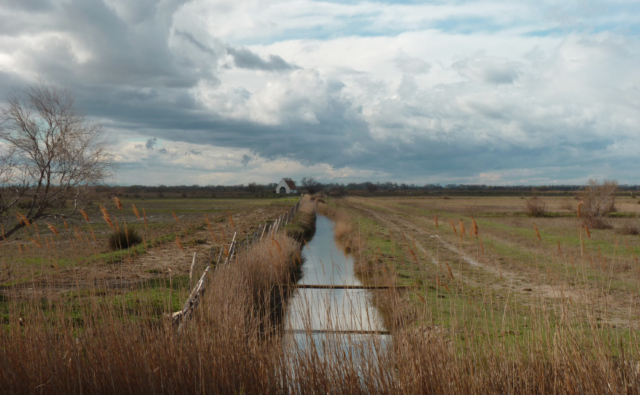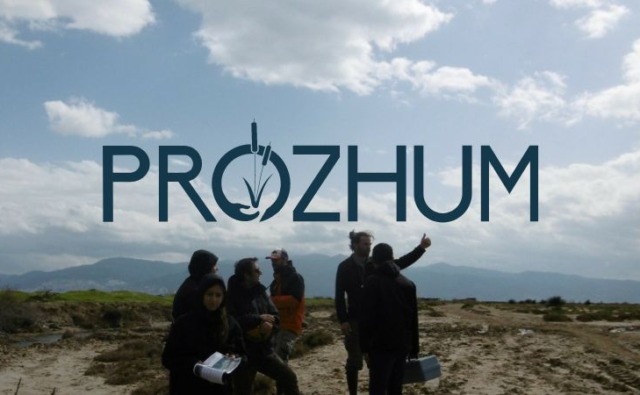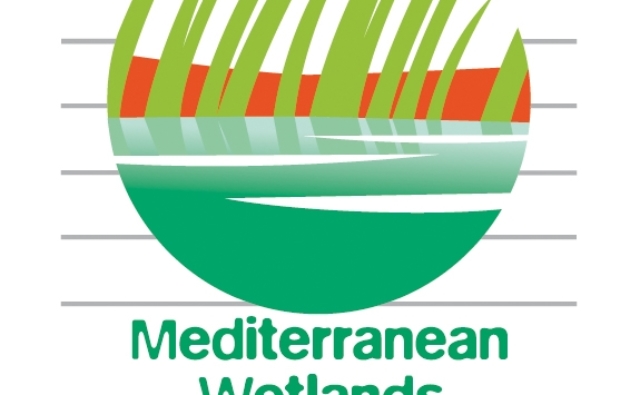“In the Mediterranean basin, one species out of 5 is on the verge of extinction according to the Living Mediterranean Report in preparation”.
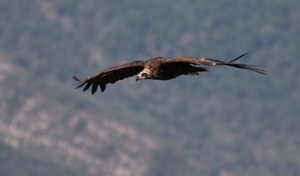
Biodiversity in the Mediterranean basin is in sharp decline. This is revealed by a study conducted by several research institutes and NGOs¹, some of whose results have been pre-released. The Red List of the International Union for Conservation of Nature (IUCN) shows that of the 7363 species examined by the experts, one in five is threatened with extinction. The authors also used the methodology of the Living Planet Index and collected tens of thousands of data enabling them to calculate trends for a quarter of all vertebrate species found in the Mediterranean basin. The final results will be released in the “Living Mediterranean Report”, which will be published in the first half of 2021.
For the researchers of the Tour du Valat Institute, who initiated this study, the situation is particularly alarming because the Mediterranean basin is a global biodiversity hotspot, home to more than a third of endemic species (36.5%) that do not exist anywhere else on the globe. Among the reasons for this critical situation are pollution, climate change, intensive agriculture and urbanization. Two threats appear to play a prevalent role in the Mediterranean basin: intensive fishing and by-catch, which affect 45% of marine species, and poor management of water resources (water abstraction, pollution from farming and the construction of dams on rivers), which are draining wetlands and threatening 33% of freshwater species.
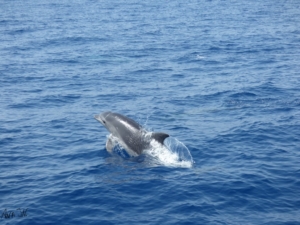
However, it is possible to bend the curve of biodiversity loss. The designation of protected areas, the restoration of degraded ecosystems, tighter control of the extraction of wild animal and plant species and integrated land management that takes biodiversity issues into account are all solutions that have been proven to be efficient. Since its inclusion on the list of protected species and the monitoring of its main egg-laying sites in the eastern Mediterranean, the Loggerhead Turtle has seen its populations increase. Many waterbird species such as the Pink Flamingo or the Dalmatian Pelican are also more numerous than they were 40 years ago because they have benefited from the protection of several large wetlands and the bans on their hunting. Some large ungulates such as the Iberian Ibex or the Corsican Red Deer have benefited from reintroduction operations in regions from which they had disappeared. These examples show that there is hope and that populations on the verge of extinction can recover if the right actions are taken in time. Political decision-makers, scientists, civil society and the private sector must now establish regular and transparent communication to ensure that their exchanges lead to decisions that can respond to the scale of the ecological crisis. Let us remember that the good health of Mediterranean biodiversity and ecosystems depends on the health of 500 million people.
¹This report is co-authored by the Tour du Valat Research Institute, the IUCN Centre for Mediterranean Cooperation, the WWF, the London Zoological Society, MedPAN and the University of Lisbon.
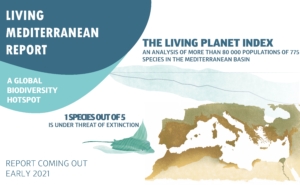 |
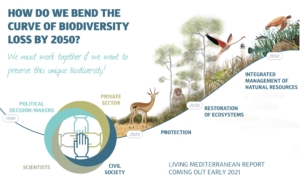 |
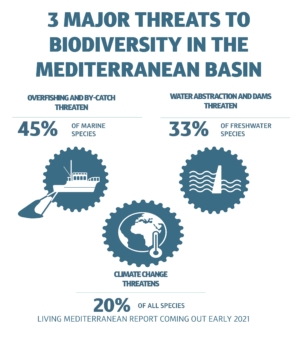 |
Contact : Thomas GALEWSKI, Project Leader Biodiversity Monitoring and Assessment – +33 (0)4 90 97 29 78
